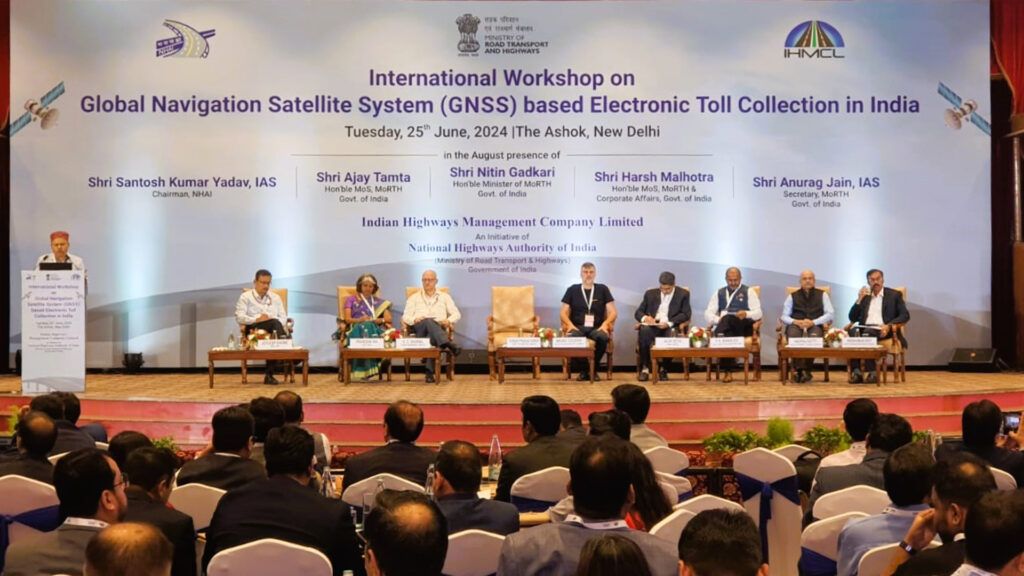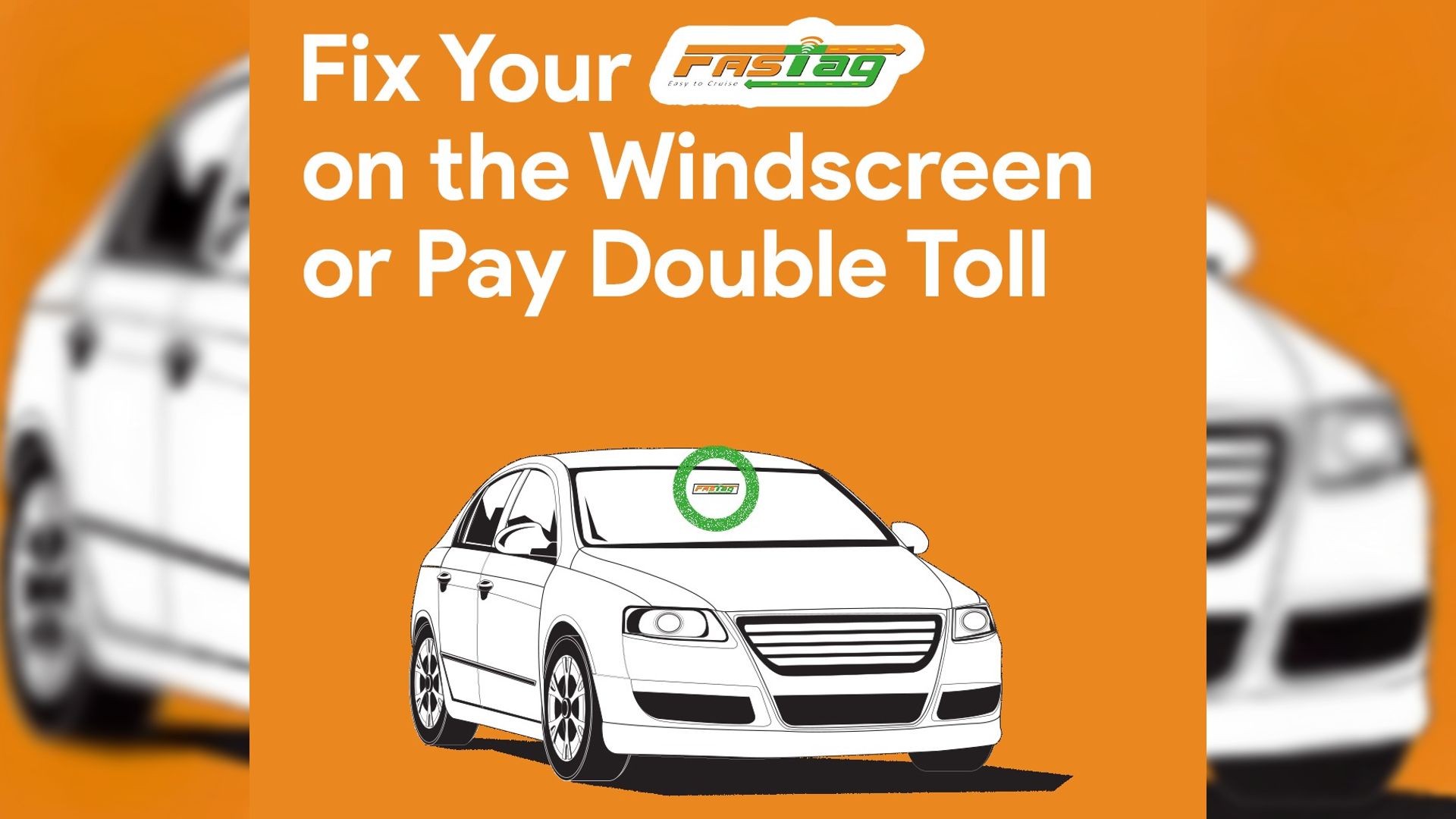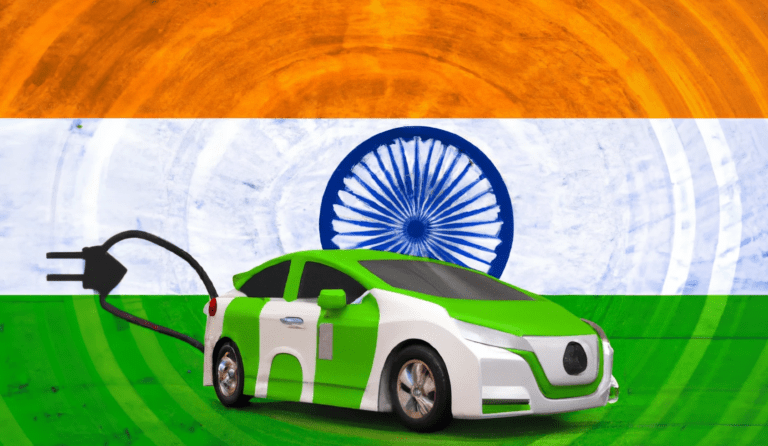The National Highways Authority of India (NHAI) has instructed toll booth operators to charge twice the toll amount from drivers who have not affixed the FASTag sticker on their vehicle’s windshield. This initiative aims to promote the use of the electronic toll collection system. Moreover, vehicles that do not comply with the FASTag requirement may get blacklisted.
Generally, vehicles without a FASTag sticker cause unwanted delays at the toll plaza. Therefore, the Ministry of Road Transport and Highways plans to charge double the fee for such vehicles.
All toll collection agencies and concessionaires have received official Standard Operating Procedures (SOPs) for this purpose. The ministry highlighted the need to display this information at toll plazas.
CCTVs installed at toll booths will capture the registration numbers of vehicles without a FASTag sticker. Also, banks issuing FASTags have been instructed to ensure that the stickers are affixed to vehicle windshields during sales.
Currently, around 1,000 plazas manage toll collection for about 45,000 km of national highways and expressways throughout India. However, FASTag has significantly changed toll collection in India, with over eight crore users and a nearly 98% adoption rate.

Government to Introduce GNSS-Based Tolling Soon
A report suggests that the central government will soon initiate trials of toll collections using GNSS technology on five to ten highways. GNSS-based tolling, known for its swiftness and efficiency, will eventually take over from the existing FASTag-based tolling system.
Anurag Jain, secretary of the roads ministry, stated that the initial testing of the new system will happen on selected highway sections before its nationwide implementation.
The new system will collect tolls while on the go, eliminating the need for traditional toll plazas. In order to achieve this, highways will be geofenced using GPS or RFID technologies. Geofencing creates a virtual boundary that enables software to react when a mobile device enters or leaves the fenced area.
In GNSS-based tolling, vehicles must have a device installed to track their movements, so it can deduct the toll charges based on the distance travelled upon exiting a highway. Now, this change will enable commuters to pay less toll for shorter distances travelled. In the current setup, you have to pay a fixed toll amount at toll plazas, regardless of the actual distance travelled before exiting.
The new system relies on sensors, eliminating the need for commuters to stop at toll plazas for payment. However, users will have to register their vehicles and link their bank accounts for seamless toll payment transactions.








